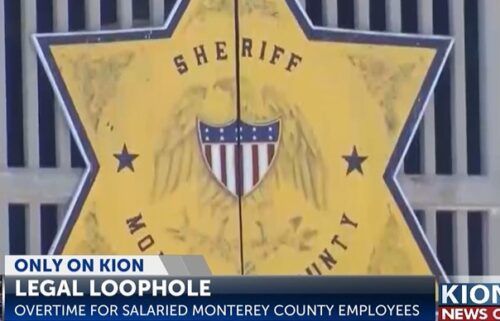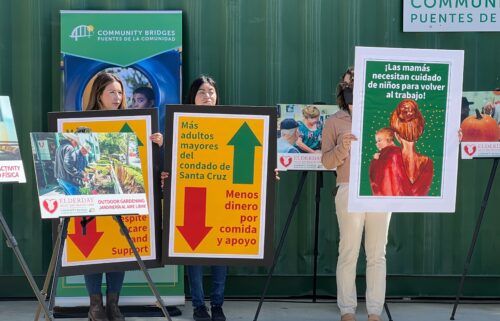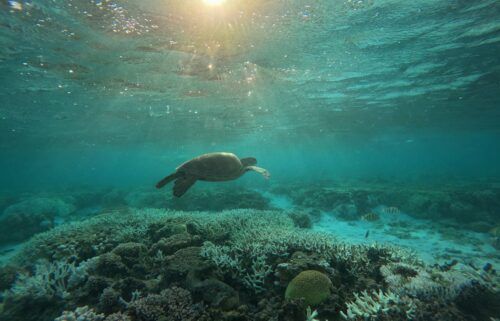Vistra provides first look at Moss Landing energy storage facility
MOSS LANDING, Calif. (KION) The two tall smokestacks in Moss Landing are iconic landmarks on the Central Coast. Now, they stand as a symbol for a new kind of energy innovation, and on Thursday the ribbon was cut on the recently completed storage facility.
Mark Scherer, Operations and Maintenance Manager for Moss 100 and 300, has seen many innovations since starting his career at the Moss Landing Power Plant in 1979. “To see life breath back into it, it's absolutely amazing.”
Moss Landing is now home to the largest energy storage system in the world, a game-changer for the climate and needed energy for the state. Making clean energy solutions, a reality.
“We’re transitioning the country away from fossil fuels type generation and to an emissions-free generation,” Curt Morgan, CEO of Vistra Zero.
A major shift for how energy companies use, store, and discharge energy.
“ With 400 megawatts, 4 hours a piece we can displace 1600 megawatts of carbon,” added Scherer.
In simple terms, that’s roughly enough energy to power the city of San Francisco for the duration that the batteries can discharge. And that’s a big deal, considering the state's grid capacity and constraint loads from population growth and robust technologies.
“When you talk about the demand for energy and how that’s grown over the past few years that’s really what this is meant to solve some of the local capacity constraints that we have seen,” Paul Doherty, PG&E Spokesman.
How does it work? Excess green energy from solar and wind charges the utility scaled batteries. The Moss Landing Facility, now owned by Vistra Zero, has an entire unit housing those batteries which reserves the excess power until it’s needed.
“Generally electricity is not a storable commodity at least in the past it hasn’t been and we always have had to keep extra generation which is expensive. And the other thing is, it doesn’t have any emissions,” said Morgan.
Moss Landing, happens to be an ideal location because it already has transmission lines, so instead of building new ones, Vistra was able to reuse those already in place. And being on the Central Coast means it’s close to demand centers, like San Francisco and Southern California.
But when it comes to one of the state’s most devastating disasters, wildfires, Doherty says, “This facility and these kind of large utility-scale energy for storage facilities aren’t particularly focused on alleviating PSPS events, they are more so ensuring there’s overall grid reliability throughout the state and throughout our service area.”
However, PG&E does have other systems and plans in place to reduce the impacts of power shutoffs in high fire-threat locations throughout the state.
Next door to where the batteries currently live is a substation for an additional battery energy storage product, in partnership with Tesla. In addition, 1000 megawatts of energy storage capacity will be coming online between now and 2023. All working together to make these clean energy solutions, a reality.




